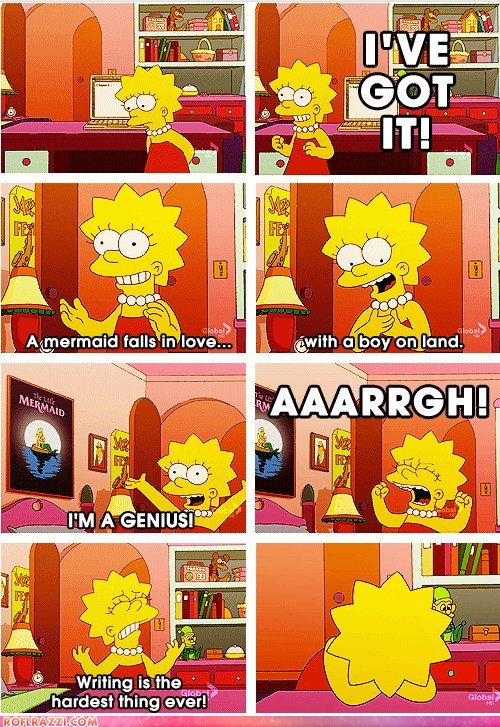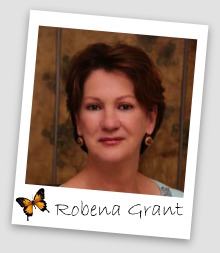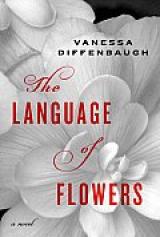 ~ By Melina Kantor
~ By Melina Kantor
A few months ago, I was at a NaNoWriMo write-in, chatting with the author across from me about the king in her fantasy novel. As she described the rules of her story’s complicated world, complete with magic spells and mythical creatures, I couldn’t help but feel a sense of awe.
“Wow,” I said. “I can’t tell you how much I admire people who can write stories like that. I could never.” I found myself more than a little jealous that my instinct is to write realistic, contemporary worlds rather than the “fun” more imaginative worlds she creates.
Yet her response surprised me and immediately made me feel better:
“And I admire people who can write stories based in a realistic world. I could never do that.”
Huh. I’d never looked at it that way. I guess the grass truly is greener on the other side.
As chick lit writers, our job is to write realistic stories that women will relate to. Which means that most of the time, our stories are set in worlds without magic, kings or mythical beings. Our job is to add our own magic by injecting quirkiness, attitude and the strength of our own voices wherever we can.
And no matter now “simple” our worlds may be, our worlds have rules.
This got me thinking about my own personal world – Park Slope, Brooklyn.
 I live in a brownstone that looks like every other brownstone in the neighborhood. I buy my coffee at the same place at the same time every day. I walk to the Q train every morning. I go to the park with my dog on Saturday afternoons.
I live in a brownstone that looks like every other brownstone in the neighborhood. I buy my coffee at the same place at the same time every day. I walk to the Q train every morning. I go to the park with my dog on Saturday afternoons.
Pretty boring, right?
Definitely. Until you get the details.
My brownstone? It’s old and possibly haunted. Sometimes, the ancient lace curtain on the front door moves by itself, even if there’s no breeze. Last December, the lock right next to the curtain broke and I was stuck outside until about 2 a.m. when the fire department and a hot, very sweet locksmith came to rescue me. Long story short, I got to see members of the FDNY in their boxers and t-shirts.
See, not boring.
The place where I get my coffee? The people there know I love iced coffee, only they won’t give it to me if the temperature is under 50 degrees or if they happen to feel cold. I accept it now.
But believe me. That kind of conflict? That quirkiness? Not boring.
The Q train, oh how I wish it were boring. There’s been track work going on for almost two years now. The Q is always, without fail, running late. And when it comes, it moves painfully slowly.
During the month of November alone, I had a homeless guy fall onto my lap and smash my bag of groceries, my wallet was stolen, and I had the train break down on my way to work.
That kind of torture? Not boring. And I haven’t even mentioned my fellow passengers or the double-wide luxury strollers I have to dodge just to get to the station.
My world also includes a mailman who knows my name and gets annoyed with me if I forget to collect my mail (try explaining to him that I get nothing interesting and I pay my bills online), a neighbor who has record sales on his stoop every weekend and is trying to find the album with the original cast of Annie because he knows I need it for a book, and the vet I visit more often than I’d like because my dog is severely allergic to just about everything, including (get this!) human hair.
A few months ago, I won a critique from a RITA award-winning author. The book I submitted takes place mostly in a small Greek village. That world, I built with tremendous effort and care. But the critiquer correctly pointed out that I hadn’t put as much effort into describing the ordinary world in which my protagonist starts out. Both worlds were equally important.
 Just adding a few details to the opening, like the tough jazz musician downstairs who loves his huge orange cat and keeps his eye on the building, helped tremendously.
Just adding a few details to the opening, like the tough jazz musician downstairs who loves his huge orange cat and keeps his eye on the building, helped tremendously.
After that conversation at the write-in, I realized what an important job world-building is, and that writing chick lit isn’t an excuse to take it lightly.
So, chick lit writers. How do you build convincing, realistic worlds that torture your protagonist and delight your readers? Do you go about it consciously, or does it just happen naturally? Do you notice the world-building (or lack thereof) in the chick lit books you read?
Leave a comment and let us know!
Melina writes contemporary women’s fiction with a pinch of oregano and a dash of chutzpah. You can learn more about her neighborhood, allergy-prone dog, and her affinity for locksmiths at http://melinakantor.com.









